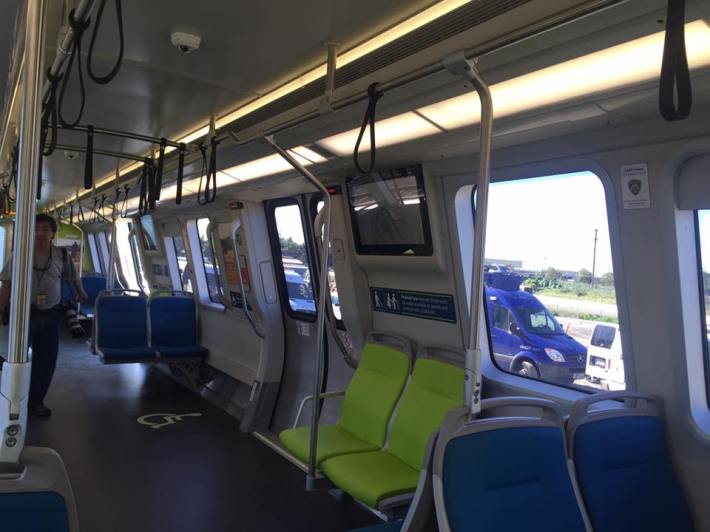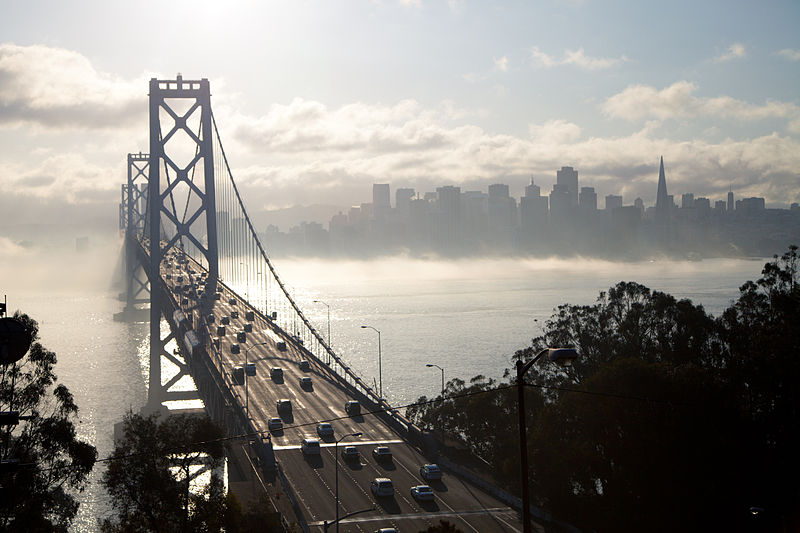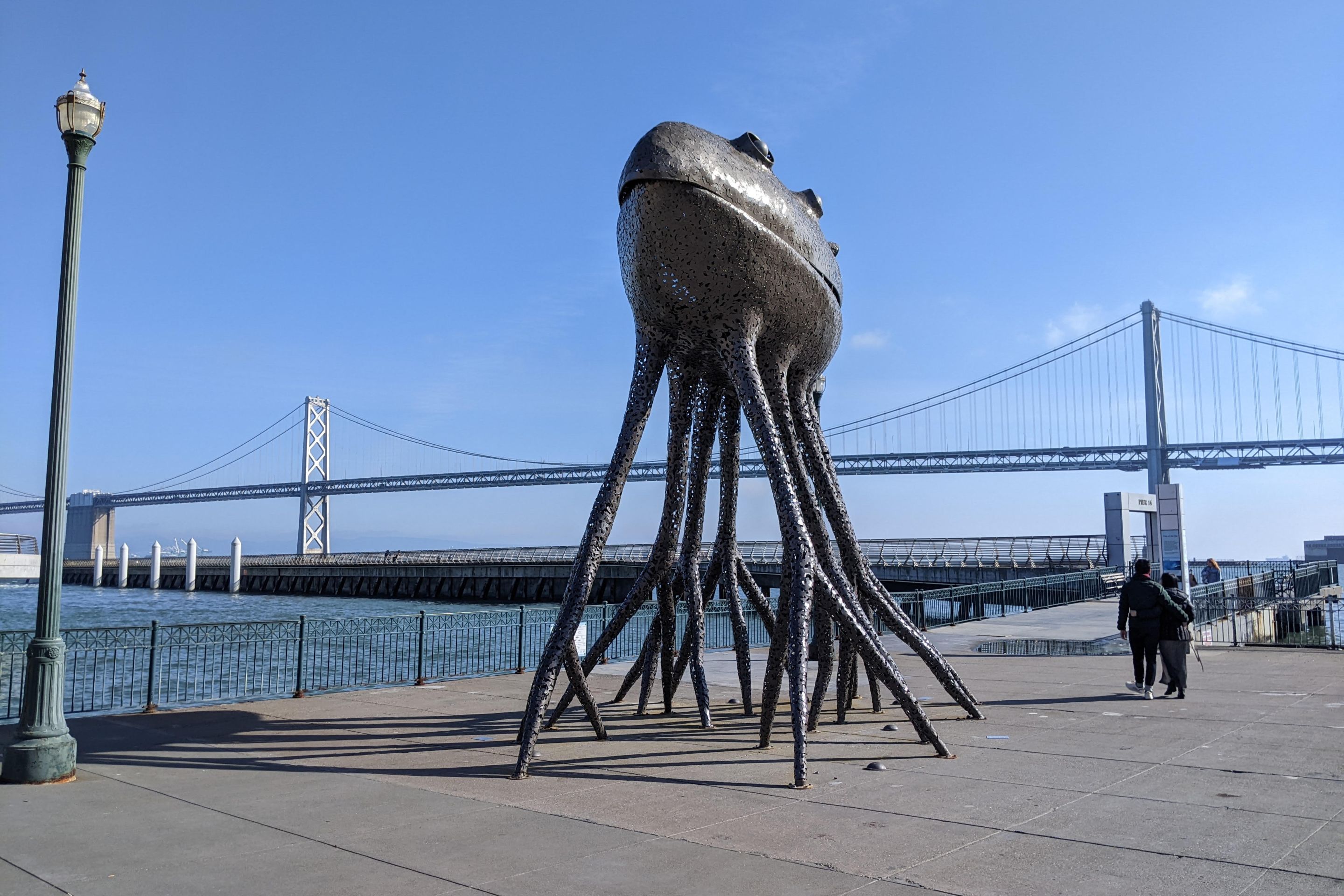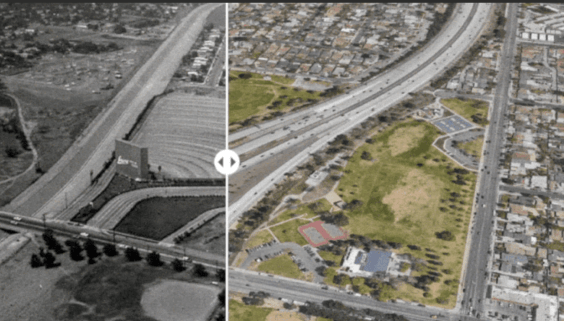Tolls on most Bay Area bridges will reach $9 by 2025 to raise $4.45 billion for transportation projects, if Regional Measure 3 (RM-3) is approved by voters in June.
Yesterday, the Metropolitan Transportation Commission’s (MTC) Bay Area Toll Authority (BATA) approved putting RM-3 on the June 5 ballot in the nine Bay Area counties. The measure will raise bridge tolls by $1 on the Bay Area’s seven state-owned toll bridges in 2019, followed by additional $1 increases in 2022 and 2025. The increases would raise funds for transportation improvements, spread around to BART, Caltrain, Muni and other agencies and corridor projects throughout the region.
If passed RM-3 “... will deliver more Muni buses, more BART cars, build out our region’s transportation infrastructure, and deliver real congestion relief in the short term to folks who spend way too much time stuck in traffic," wrote Nick Josefowitz, BART director, BATA director, and candidate for SF Supervisor for District 2.
Because it is a toll increase and not a tax, it doesn't trigger California's two-thirds requirements--a simple majority is all that's required to pass it. And, so far, polling shows that it has a very good shot at getting the voters' approval.
This is good news for transit advocates and supporters of livable cities (with a few big catches, mentioned below). According to the state legislature's spending plan for the funds, $500 million will go for new BART cars, $150 million for the San Francisco Bay Trail and Safe Routes to Transit, $90 million going to Capitol Corridor Amtrak improvements, and $50 million to upgrade the Clipper system. There's also money for operating ferries, buses, and the soon-to-open Transbay Transit Center.
The money for expanding BART’s railcar fleet is key since the agency will need more trains to increase capacity and accommodate the extension to Milpitas and East San Jose, explained the MTC, in a statement about RM-3. Some of the funds will also help get BART to downtown San Jose and Santa Clara. And $325 million will go to extending Caltrain to Transbay.
$50 million will go towards designing a second Transbay Tube (estimates are it would cost at least $10 billion to build). Obviously, $50 million is a drop in the ocean; it's just for preliminary engineering, but the region has to start somewhere.

"The strategy is to do everything that we can now with respect to the second Transbay tube," said Joël Ramos, regional planning director of TransForm and a director on SFMTA's board. "There’s a lot of legwork that has to be done with just figuring out the engineering and where the landings will be--all of that kind of stuff still has to happen." The strategy, he said, is to get everything planned and designed and ready to go and then to put a ballot before the voters, probably around 2020, to look at actually funding such a mega project.
Tom Radulovich, executive director of Livable City, agreed: "The $50 million allocated to a new rail crossing can fund some necessary planning and engineering, but a second rail crossing would likely cost more than the entire RM-3 program will raise, so it will need its own funding strategy," however, he added that "Electrifying Caltrain and extending it to downtown are the necessary preconditions to linking Caltrain, Capitols, and High-speed rail across the Bay so Caltrain improvements can be thought of as a down payment on a future second rail crossing."
Still, Radulovich isn't entirely bullish about RM-3. "I’m encouraged to see some projects in RM-3 that will actually expand transit capacity, and improve performance and reliability: funding for additional BART cars, for the Caltrain downtown extension, for Intermodal transit stations, and for bus and light rail fleet expansion ... it’s an improvement over RM-2," he said, referring to the previous toll increases. "However, the measure is heavily loaded with highway expansion projects, which will likely end up worsening congestion on the bridge corridors, and degrade the health, sustainability, and livability of communities adjacent to freeways and arterial roads."

There's also the danger that some municipalities will attempt to divert funds from bike, walk, and transit-friendly projects.
Ramos defended RM-3, pointing out that it is asking motorists to pay for a huge amount of transit. "When you do the math and look at how much transit is being funded, it’s something for TransForm to feel good about. It would have been very difficult to fund a more aggressive measure ... this was politically the best that we could get."
He added that RM-2 funded Safe Routes to Transit and Safe Routes to School at $20 million. "Now that line item is increased to $150 million. There were some real wins."
He also was happy about the $50 million allocated for improving the Clipper system, which he sees as a necessary step towards fully harmonizing and integrating fares on different transit agencies around the Bay Area. "If we’re going to get that, we need to get a new system. That’s the kind of technology we’re hoping to implement with that $50 million."
For more details on the RM-3 funding, check out MTC's chart.






